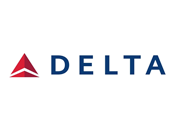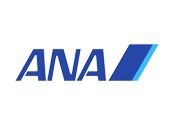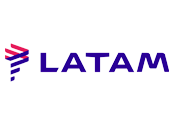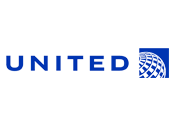Enabling modern retailing for the airline industry.
Explore how ATPCO powers your airline data systems:
About ATPCO
We are the airline industry’s leading source for airline merchandising and pricing data.
Whether you’re an airline, system, or channel, we’re developing the solutions that will drive your business forward.
Leading airline industry organizations trust ATPCO










Our data and solutions are where everyone in the industry starts
Whether it’s traditional filed fares, sophisticated dynamic offers, or anything in between, ATPCO supports you both where you are and where you want to be.




Our data and solutions are where everyone in the industry starts
Whether it’s traditional filed fares, sophisticated dynamic offers, or anything in between, ATPCO supports you both where you are and where you want to be.
Create
offers
Build compelling fare products and deliver them to the market with precise control. Then make informed strategic decisions that support your revenue management goals using real-time competitive data.
Distribute
offers
Reach every shopper with data you can trust from one dependable data source. We facilitate the flow of air travel data across the ecosystem, ensuring its consistency by driving and managing its standards.
Present
offers
Showcase and differentiate the airline products you work so hard to create while enabling attribute-based shopping. Make visuals and modern display work for you, driving customer loyalty, conversion, and upsells.
Service and settle orders
Close the gaps between your order management and revenue accounting with automated and end-to-end solutions that simplify sales and interline processes, increasing accuracy and reducing disputes.




